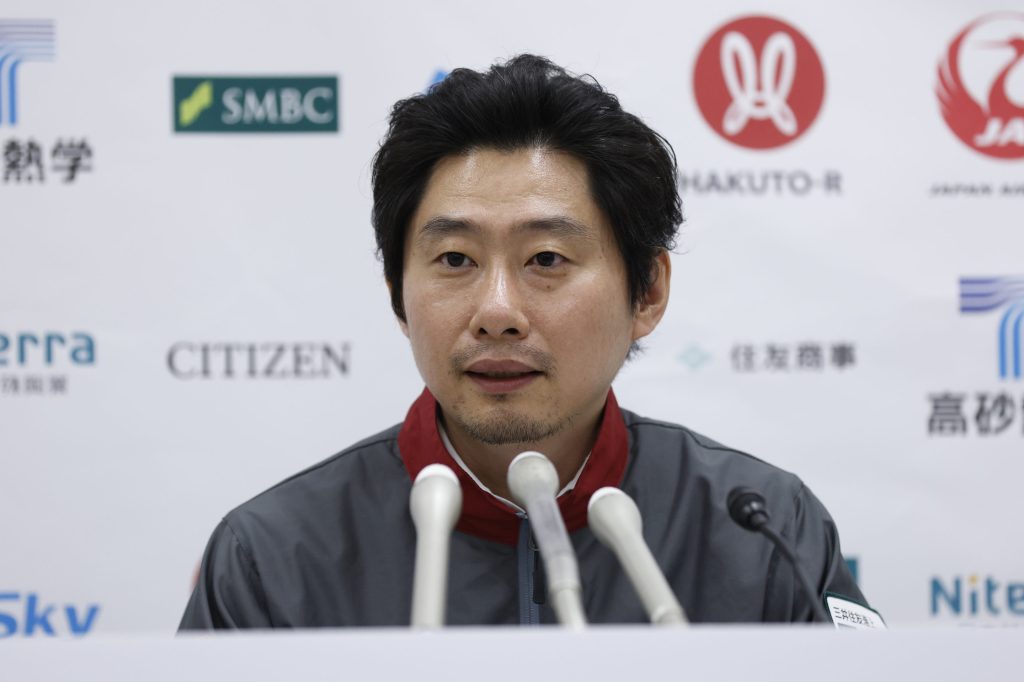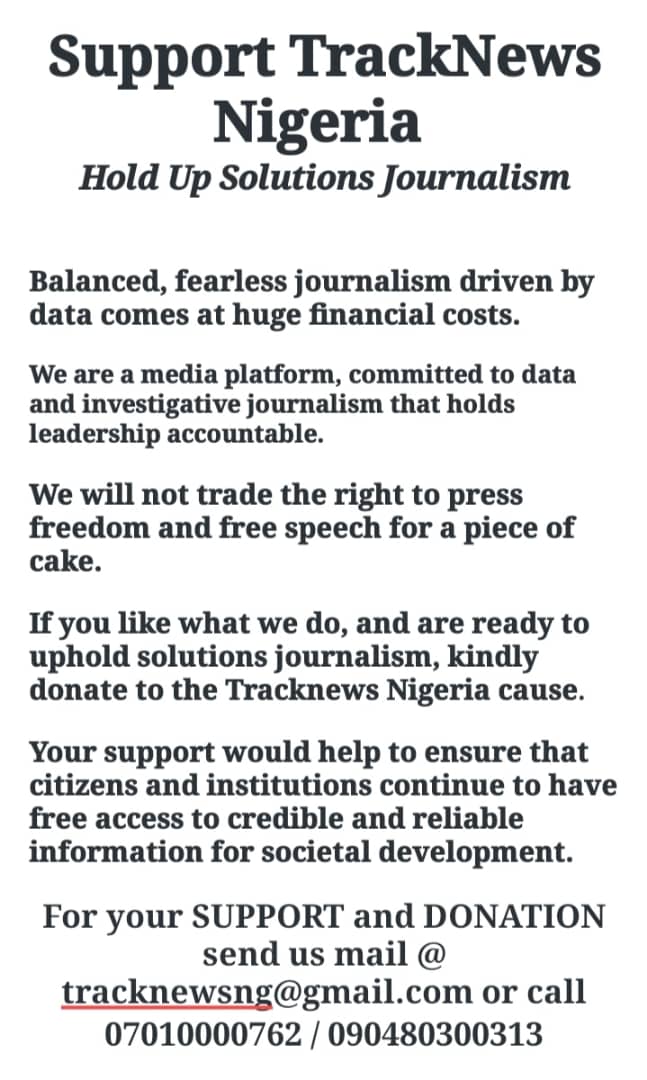Business
Japan’s landmark moon mission ends in disappointment after contact is lost following a likely ‘hard landing’

Tokyo-based Ispace said it lost contact with a lander bound for the moon and that the spacecraft likely made a hard landing on the lunar surface, ending the mission.
The company aimed to become the first commercial space attempt to place a lander on the moon intact, with its Hakuto-R Mission 1 lander scheduled to touch down early Wednesday morning Japan time. But communication with the spacecraft was lost shortly after engineers confirmed the lander was in a vertical position on final approach.
It has been determined that there is a high probability that the lander eventually made a hard landing on the moon’s surface,” it said in a statement issued Wednesday in Tokyo.
Chief Executive Officer Takeshi Hakamada said the mishap would not deter the company from future missions.
“What is important is to feed this knowledge and learning back to Mission 2 and beyond so that we can make the most of this experience,” he said in the statement.
Ispace launched its lander in December aboard one of Elon Musk’s SpaceX Falcon 9 rockets. It entered lunar orbit in March and was carrying two rovers and other payloads.
The company earlier this month publicly listed its shares on the Tokyo Stock Exchange. The stock closed down 1% on Tuesday in Japan. CEO Hakamada is the second-largest shareholder with an ownership stake of about 15%.
Ispace is one of several companies hoping to place the first commercial lander on the moon’s surface. Two US firms, Houston-based Intuitive Machines Inc. and Pittsburgh-based Astrobotic Technology Inc., have uncrewed missions planned for later this year.
Officially formed in 2010 to compete in the Google Lunar X Prize, the Tokyo-based company has said it wants to create a lunar settlement by 2040. It plans to make money by delivering equipment and goods to and from the moon.
Ispace also has partnered with the US-based Charles Stark Draper Laboratory, which holds a $73 million contract with NASA to deliver a suite of the agency’s payloads to the lunar surface in 2025, a small part of NASA’s Artemis program to return astronauts to the moon.
Only governments and superpowers have been able to successfully land vehicles on the moon. The Israeli nonprofit SpaceIL, another Google Lunar X Prize team, tried in 2019 to place the first privately funded lander on the moon, but the spacecraft came in too fast and crashed on the surface.
Japan’s space efforts have recently experienced several setbacks.
The Japan Aerospace Exploration Agency’s H3 rocket, designed and manufactured by Mitsubishi Heavy Industries Ltd. to meet growing demand for rockets with large payload capacity, failed to launch once in February after a system malfunction kept it grounded, and again in March when a self-destruct order was sent mid-flight after its second-stage booster failed to ignite.
US President Joe Biden and Japanese Prime Minister Fumio Kishida announced last May that their countries would work together to put the first Japanese astronaut on the moon. A dearth of young astronauts led the Japanese space agency in February to recruit two civilians, a Red Cross surgeon and a World Bank senior employee.
-

 Business6 days ago
Business6 days agoNigeria’s Azikiel Refinery to Begin Operations in 2025
-

 Politics5 days ago
Politics5 days agoYou Have a Few Days to go, Gov. Fubara Tells LGA Chairmen
-

 Entertainment6 days ago
Entertainment6 days agoSO SAD!!!! Moment Mohbad’s Father Broke Down In Tears After Hearing Pathologist’s Report
-

 Niger Delta6 days ago
Niger Delta6 days agoBORO DAY CELEBRATION: Bare. Igbeta Lauds KOLGA for It’s Contribution To The IJAW Nation
-

 Sports5 days ago
Sports5 days agoFIFA decision moves Arsenal, Chelsea, and Tottenham step closer to playing ’39th game’ abroad.
-

 Politics6 days ago
Politics6 days agoI’ve Set Otapiapia To Kill Rat Eating Rivers – Fubara
-

 Sports6 days ago
Sports6 days agoI’m ready to rival Nicolas Jackson at Chelsea – Striker says
-

 Business6 days ago
Business6 days agoAbbey Mortgage Bank gets regulatory sanction for insider dealing




